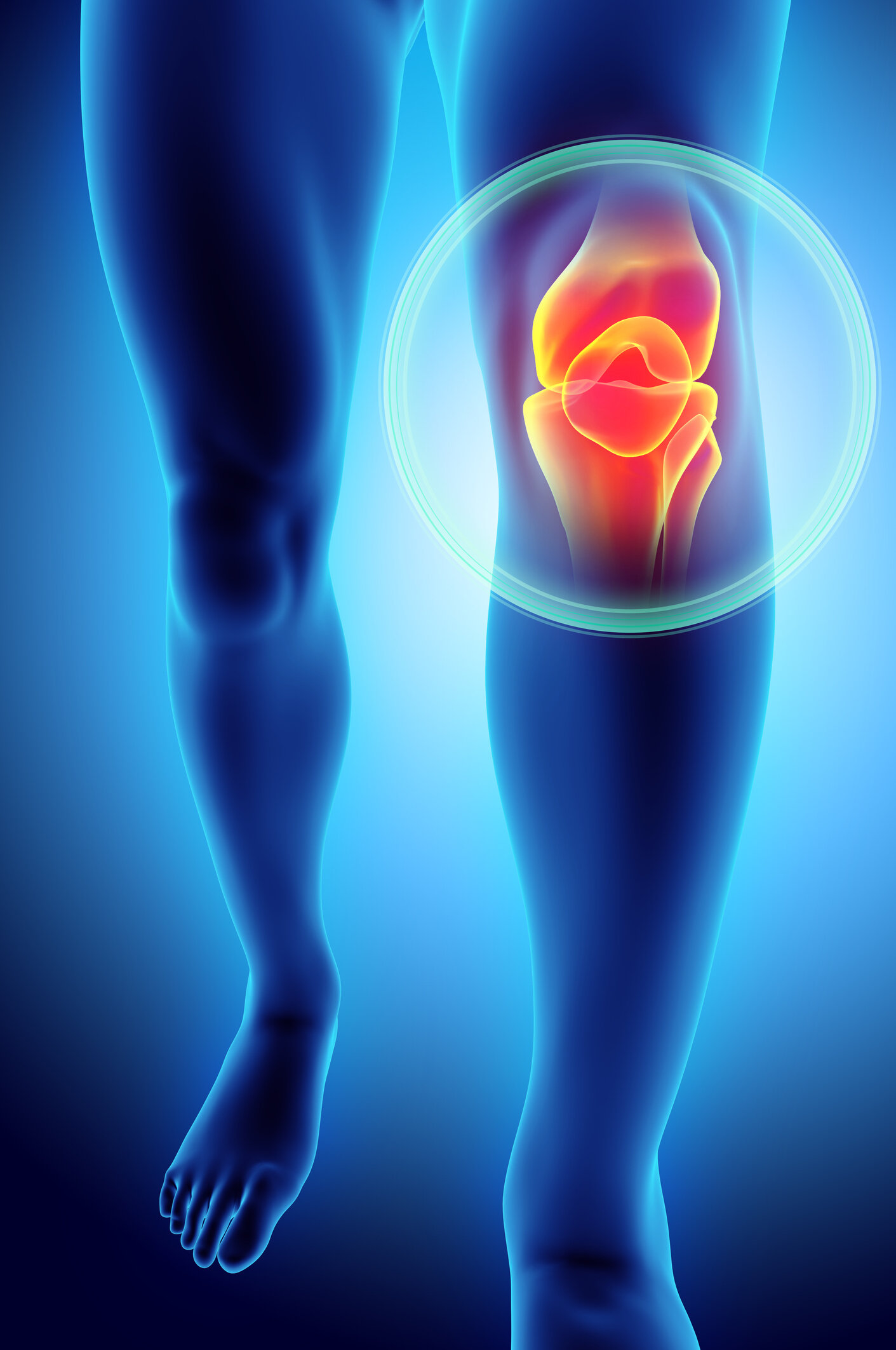
Why getting that MRI won't help you get any better.
MRIs can be very good at detecting certain “problems” in and around the spine. MRI demonstrated high sensitivity for spinal soft tissue injuries. However, MRI showed a definite trend to overestimate interspinous ligament, intervertebral disc, and paraspinal muscle injuries [6].
Don’t get too wrapped up in googling the vocab words above. Here’s part of the problem with the above information. If the doctor is trying to appease the patient by ordering the MRI or the patient has demanded one, they will find something.
Whether that something is the actual problem is another discussion completely.

5 best ways to improve knee pain.
Nothing will make you feel old like a bum pair of knees. Walking can be a laborious. Climbing stairs resembles climbing some snow-covered mountain. Even sitting and standing can become an Olympic event.
Maybe you want to start exercising to take off some lbs so you can save your knees. Not a bad plan until you follow a bad plan.
Following the wrong program when you have bad knees will absolutely make them worse!
I am going to go over each in more detail, but the 5 strategies are:
Remove/modify pain stimulus - this often means things like squats, lunges, running and jumping need to be tabled or altered.
Soft Tisse Mobilization (STM) - this is a $2 word for massage. Issues with your quads, IT bands, hamstrings, adductors and calfs need to be addressed.
Ankle mobility - when your ankles do not move, your knees try to move more to compensate. This is bad news for your knees.
Hip-dominant movements - this serves two purposes. It assists #1 and it builds up a part of your body that is probably weak to begin with.
Deloaded knee-dominant movements and controlling knee valgus - all the squats and lunges and running and jumping that we took away in the beginning are brought back to finish your rehab.

The best guide to rehabbing injuries.
At some point you are going to deal some sort of an injury. Maybe you are already have. Maybe you are dealing with something right now.
I am going to walk you through some different ideas as you approach different scenarios or pain and rehabbing injuries.
There are going to be 6 parts to this post, with each part having its own video.
General guidelines for rehabbing injuries.
Post surgery.
Your post-surgery home exercise program.
Chronic pain.
The idea of layers. Fixing one problem often reveals another one.
Modify your approach to sets and reps.
![Why tight ankles can cause knee pain. [video]](https://images.squarespace-cdn.com/content/v1/5e1fa35d6d6d853d5fbd5b4d/1579872830469-6LVJLPZYHOEGQ006UPCT/ankle+anatomy.jpg)
Why tight ankles can cause knee pain. [video]
A common situation in the body is one where your pain and the actual problem are not the same part of the body. Once of the reasons people deal with chronic pain is because they only treat their symptoms and never address the actual problem.
This happens all over the body but I am going to talk about your ankles to day. Why the ankles, read on, kemosabe.